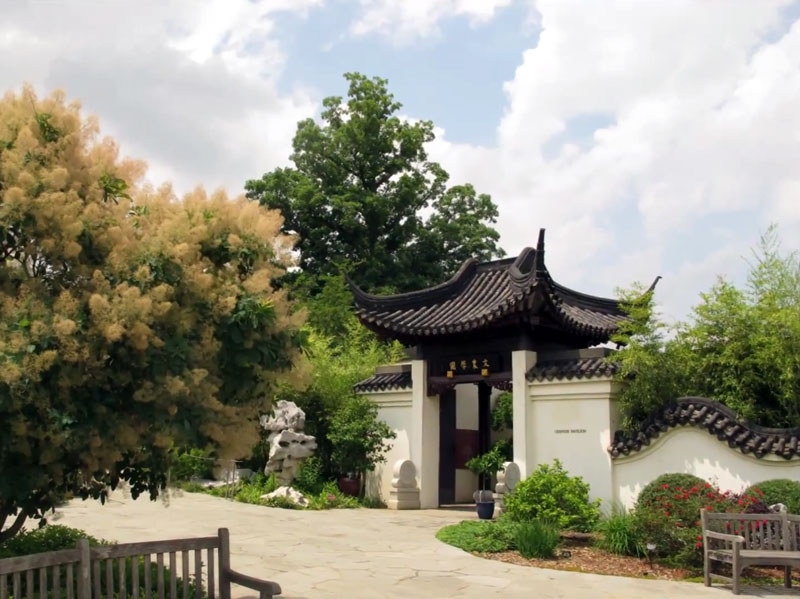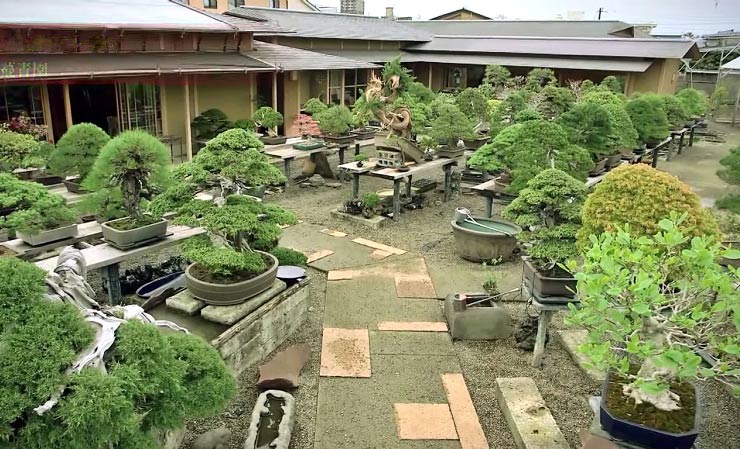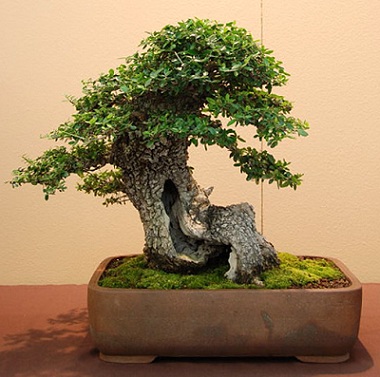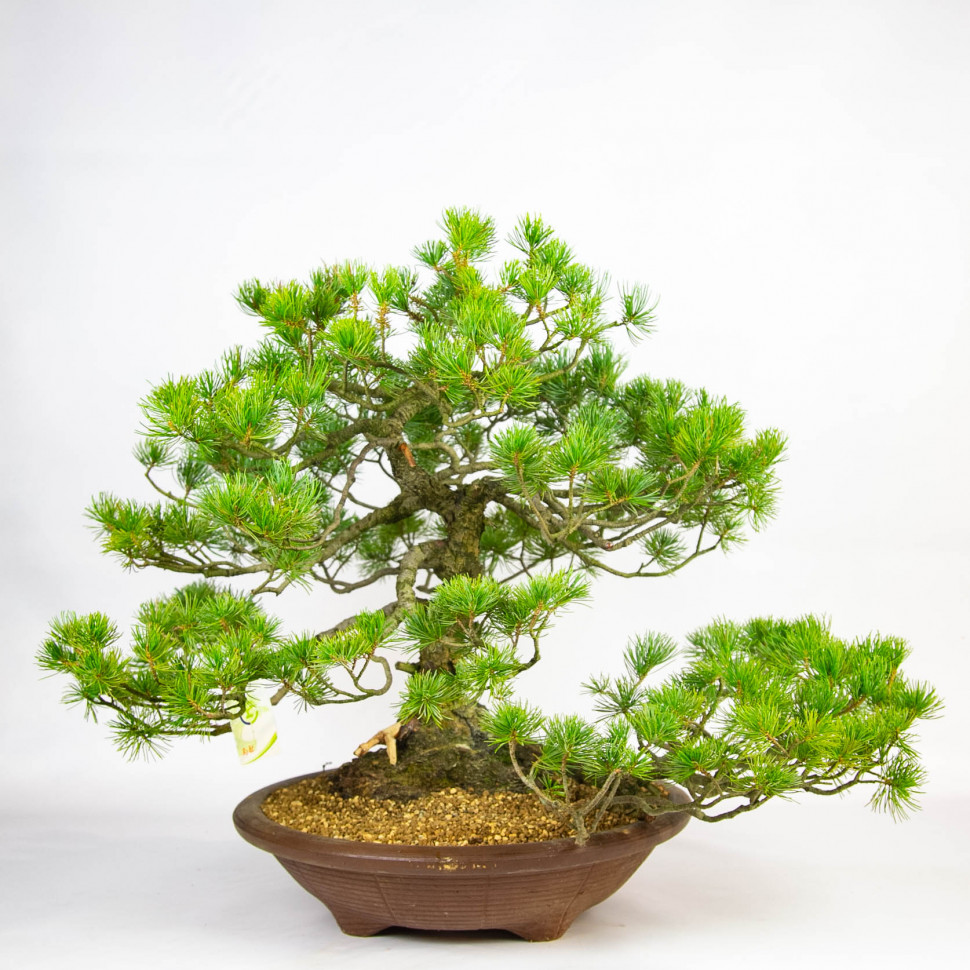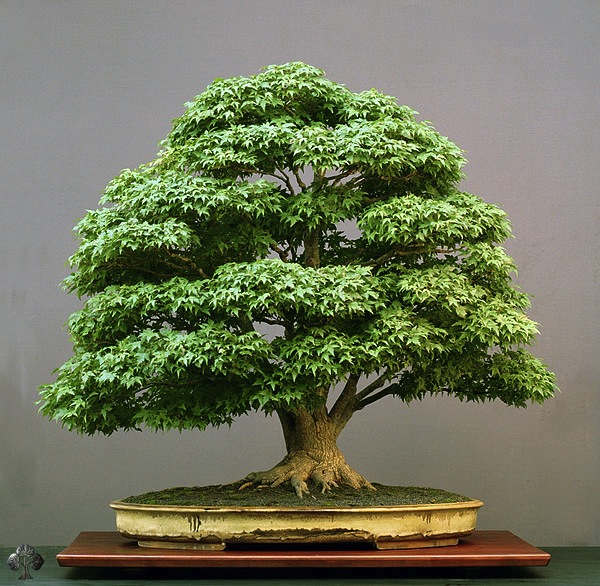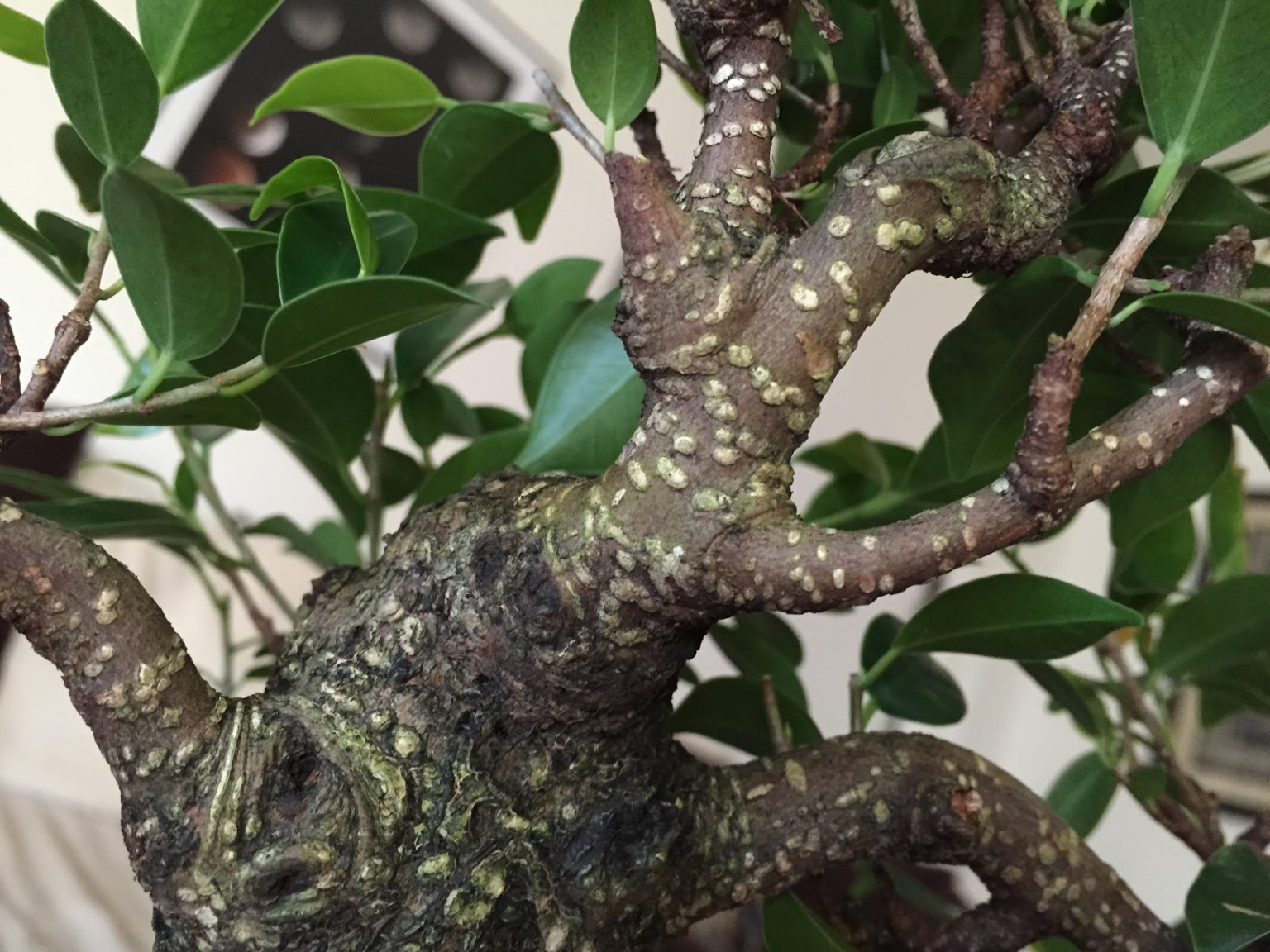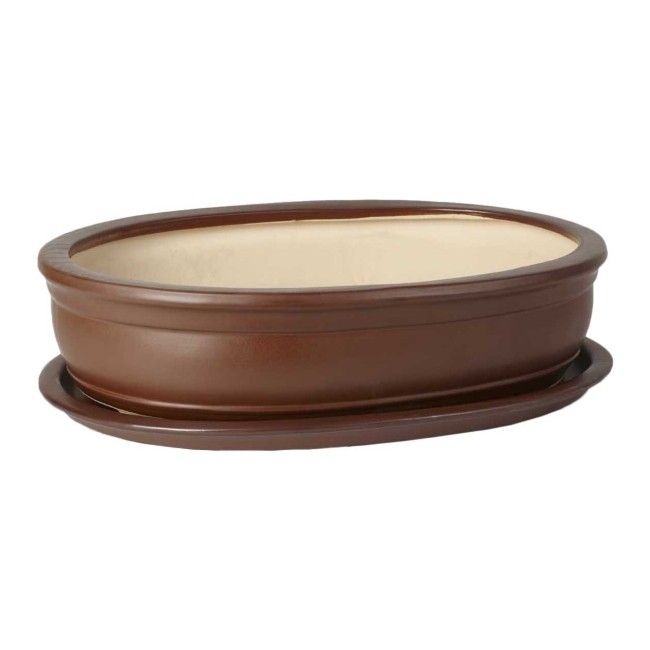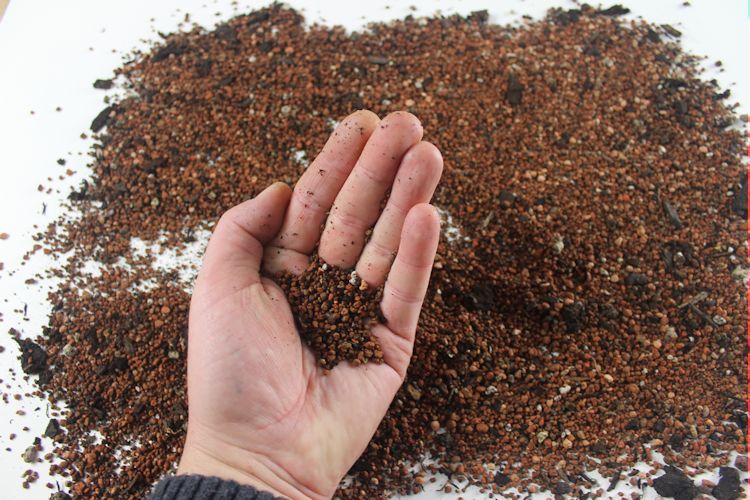Bonsai. How much harmony and peace can be heard in this overseas word. For a smallJonah Yoshio Nakait was not foreign, but the boy watched as if spellbound as the gray-haired Sadehei Naka conjured over the crowns of bizarre little pines. John had heard about the art of growing miniature trees before, but it was only after visiting his grandfather in the Land of the Rising Sun that he became truly “fired up”. The young fidget immediately told his grandfather that he was ready to devote his whole life to this occupation. The venerable Sadehei Naka only grinned. Thus the star of one of the most legendary gurus of bonsai art rose.
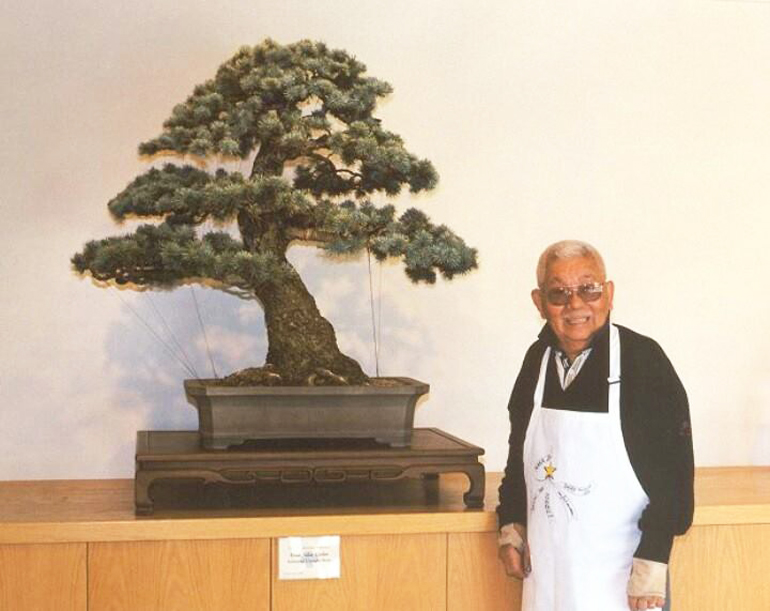
The son of Japanese immigrants, the future Grand Master was born in Colorado in 1914. He was the most inquisitive and mischievous of the three offspring of the Naka couple. At the age of eight, John first went to mysterious Japan, where he met his grandfather, a great fan of bonsai philosophy. Noticing his grandson’s genuine interest, Sadekhei began to introduce him to his hobby and initiate him into professional secrets.
John turned out to be a capable student and kept his word - after finishing high school, he entered the landscape design department. Unfortunately, not long before this, Sadehei's grandfather left this world. In memory of him, young Yoshio decided to stay in Japan and continue their common work.
The newly minted student took such good care of his grandfather's garden that even teachers came to look at the miniature pine trees and acacias in pots.
The next significant event in the life of John Yoshio Naka happened in 1947. By that time, the future bonsai master had managed to move back to the United States and start a family. Naka founded a small landscaping business, and sometimes carried out projects to create Japanesezen gardensand was quite happy. An unexpected acquaintance with Sam Doi, an expert in growing bonsai, rekindled his old passion.
For 10 long years, John delved into the study of bonsai techniques, experimenting with a variety ofplant speciesand picked upearth mixturesfor landing. As a result, he re-profiled his company for productioncontainers for planting bonsai, and later worked to achieve “hachiutsuri” – absolute harmony between the plant and the vessel.
By the beginning of the sixtiesJohn Yoshio Nakabecame a recognized master of this oriental art not only in narrow circles. His fame thundered throughout America, and there was simply no end to invitations to various TV shows. In 1967, Japanese Prince Norihito Takamatsu presented Mr. Naka with an honorary medal "For significant contribution to the development of bonsai culture" and gratitude from the president of the Department of Agriculture of Japan.
In 1982, the maestro decided to share his knowledge with like-minded people around the world, for which he published the book "Technique du Bonsai (Bonsai Technique)" in French. Today, the publication is considered a real treasure, and bonsaiists are willing to pay a lot of money for it. In 1987, the world saw the second part of the publication, which Naka simply called "Bonsai Technique - II". In total, the master wrote 5 books, which are considered exemplary guides to creating miniature gardens.
In 1985, John Yoshio Naka's work attracted the attention of the Emperor of Japan, Hirohito himself. The monarch bestowed upon Naka the most prestigious award a non-Japanese citizen can receive, the Order of the Rising Sun, fifth degree. This was largely due to the crowning achievement of the master's work,Juniper forest of 11 trees "Goshin". This bonsai composition was and remains the subject of Naki's greatest pride. Goshin is currently kept inUS National Arboretum.
The great master lived a long and fruitful life. Thanks to him, thousands of people around the world discovered the beauty of bonsai and Japanese culture in general. John Yoshio Naka's earthly journey ended in 2004, at the age of ninety. Naka was posthumously awarded the Pioneer Order of the American Bonsai Society and was also honored with his own Wikipedia page.

